Eleanor Hecks is a business writer and researcher with a personal passion for building disability understanding and acceptance in the workplace. You can find her work as Editor-in-Chief of Designerly Magazine, where she writes on business and design topics, as well as in publications such as Training Industry, eLearning Industry and Due.
How Leaders Can Encourage Meeting Participation and Inclusivity for Neurodivergent Team Members
Neurodivergent employees offer unique perspectives and aptitudes in workplace settings. However, typical meetings may prove challenging for some to navigate.
Leaders must create an open and accepting space for enhanced participation among neurodiverse team members, cultivating the right conditions for them to collaborate, thrive and gain a sense of belonging. Here are six tips for promoting inclusivity and encouraging neurodivergent individuals to share their gifts and expertise in meetings.
1. Implement Neurodiversity Training
Creating an inclusive meeting environment for neurodiversity starts with a well-informed, empathetic and respectful team. Leaders can help break down barriers by raising awareness through training programs and facing biases head-on.
Ensure learning modules cover the different types of neurodivergence — such as autism spectrum disorder, attention-deficit hyperactivity disorder, dyslexia and various mental health conditions — and ways employees can best embrace and support fellow team members.
2. Consider Sensory Conditions
Neurodivergent individuals are often greatly affected by their environment. Therefore, leaders should consider sensory conditions and the possibility of overstimulation within conference rooms.
For example, studies suggest noise and lighting are directly related to job performance, occupational longevity and neurodivergent employees' health and well-being. Autistic individuals, in particular, showed heightened sensitivity to sound and crowds.
Consider changes such as the following to meeting environments so professional gatherings are more comfortable and conducive to neurodiversity:
- Invite only a handful of people to meetings for more intimate collaboration.
- Opt for softer lighting — like lamps and natural light — and install dimmer switches. Otherwise, fluorescent lighting may be too harsh.
- Furnish earbuds or headphones for neurodivergent people to remove ambient noise.
- Hold meetings in casual settings or off-premises at an accessible location.
- Remove visual distractions from the walls.
3. Establish Clear Etiquette and Expectations
Having to speak up in meetings can often feel intimidating to neurodivergent team members, many of whom may take longer to process information or may not be sure when to jump into a discussion to share their thoughts.
To combat these barriers, consider sending out an agenda ahead of time, including specific questions that attendees will be asked during the meeting. During the meeting, implement structured turn-taking or encourage participants to signal when they wish to speak so that no one is talking over each other and all opinions are encouraged.
Further, leaders should ensure that everyone is respectful of each person as they share their thoughts. More than 90% of people multitask during meetings, but doing so can make a speaker feel like their peers don’t care about what they have to say — particularly so for neurodivergent individuals, who may be more likely to experience rejection sensitive dysphoria.
Consider implementing a no-phone and no-email policy to make sure meeting attendees are paying attention to the people around them, and set a good example for those around you by giving your undivided attention and focus to each speaker.
4. Embrace Online Meetings
Although many companies have issued return-to-office mandates, 59% of workers would accept a job offer allowing them to work from home full-time or on a hybrid schedule. Working from home is more than just a preference for neurotypical employees, though. Remote work has enabled greater inclusivity for neurodiverse individuals, giving them the confidence to participate as they care for themselves privately.
For example, attending meetings online versus in person allows neurodiverse employees to hide their self-stimulating and soothing behaviors if they wish to. Repetitive actions such as tapping surfaces, squeezing a stress ball or swaying back and forth are referred to as "stimming" and are commonly associated with ADHD and autism. While there is nothing wrong with presenting these behaviors, some neurodiverse adults may prefer these behaviors not to be perceived by their coworkers.
5. Integrate Accessibility Features
Leaders should find ways to integrate accessibility into meetings to encourage neurodivergent participation. For instance, you might send the meeting agenda to the team beforehand so your neurodivergent workers can prepare something to share. The same goes for essential documents they need to mull over.
Hanging visual cues in the conference room is another hack to aid neurodiverse team members. These should comprise meeting rules and agendas in large, brightly colored fonts. A calming image hung on the wall could also create a focal point to hone their attention again.
Likewise, closed captioning should be enabled for online meetings so participants can read along, capture what's said and respond effectively.
6. Create Mentorship Experience
Assigning a mentor to a neurodivergent team member is crucial for empowering them to communicate freely without feeling judged in a social setting. Mentors might help mentees practice effective communication techniques like asking clarifying questions and listening actively. They could also role-play to teach neurodivergent co-workers how to interact and feel comfortable in meetings.
A mentor will eventually identify specific needs and can advocate for reasonable accommodations on their behalf. After meetings, it may be helpful for the mentor and mentee to debrief on what was shared and discuss their performance.
Nurture Participation Among Your Neurodiverse Workers
Leaders who cultivate participation among neurodivergent individuals reap the rewards of creativity, innovation and unique viewpoints. Support neurodiversity among your team by creating a safe and inclusive space for interactions.
About Eleanor Hecks
Share This Article!
Disclaimer: Content on this blog is authored by multiple sources. While we do make every attempt to proofread and fact-check, unless authored our staff, the views expressed do not necessarily reflect those of the Institute for Diversity Certification (IDC), Inc.
More Insightful DEIA Blogs

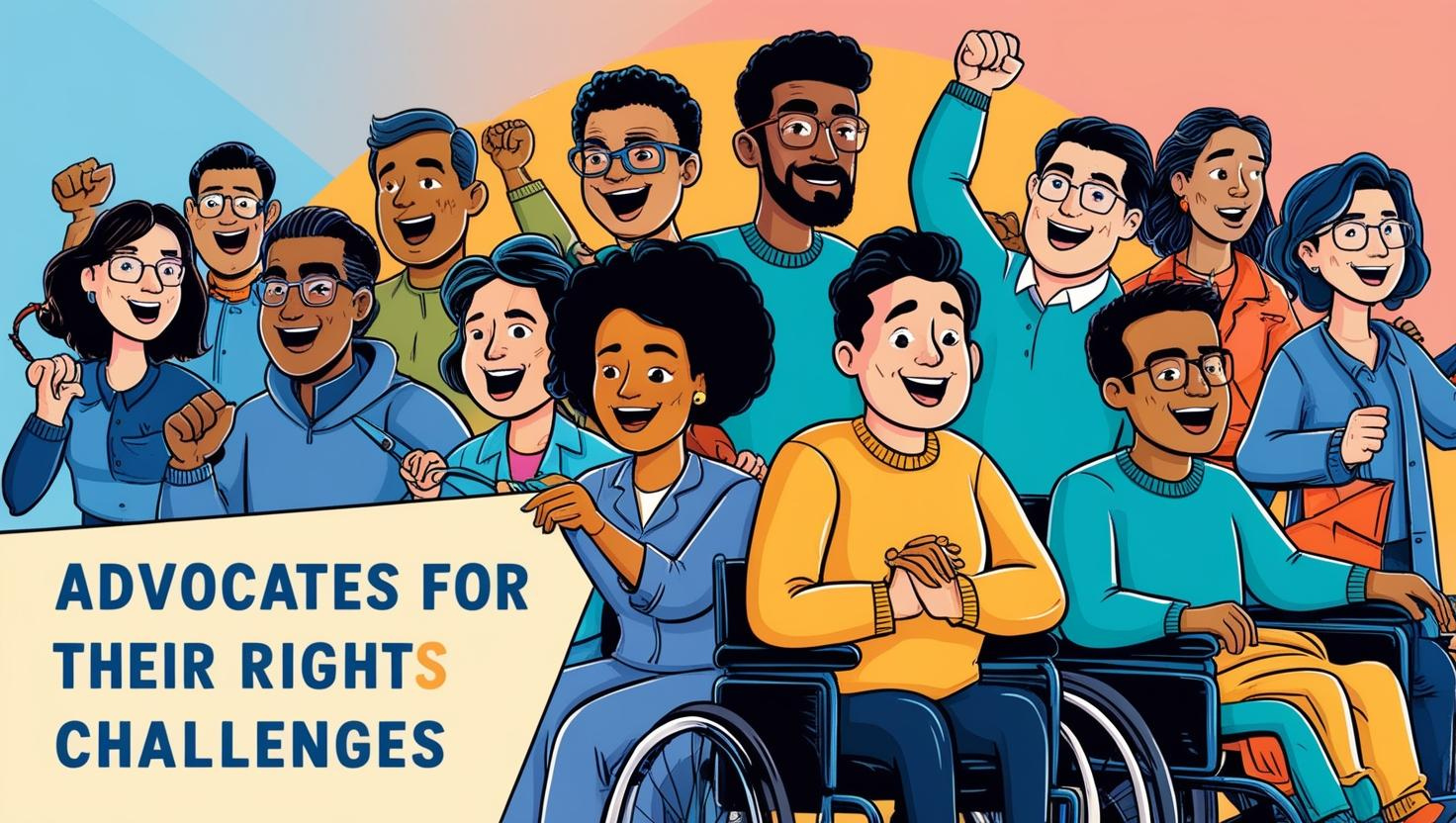

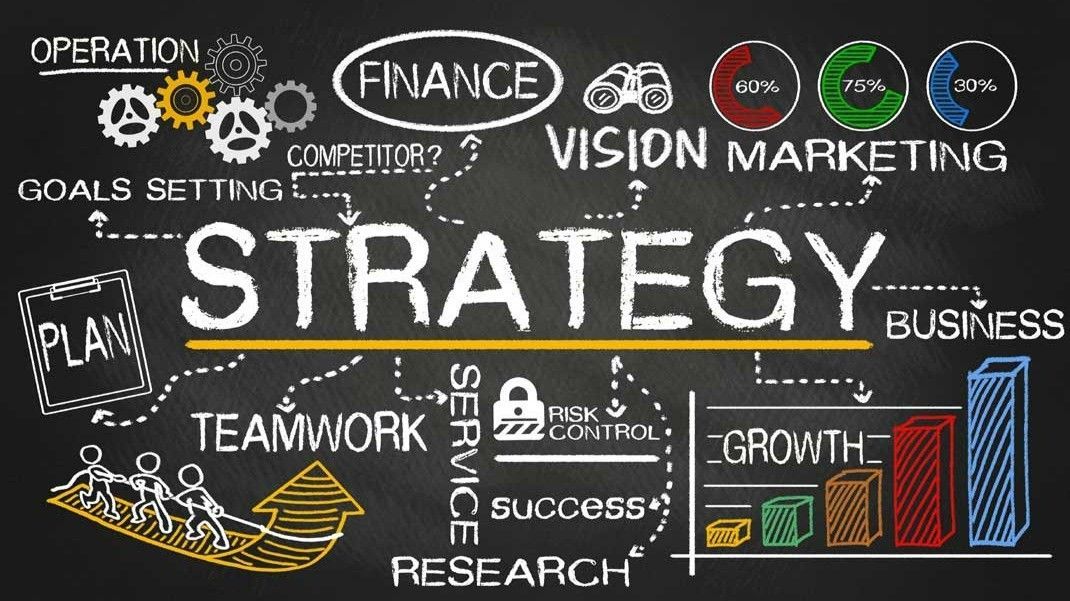
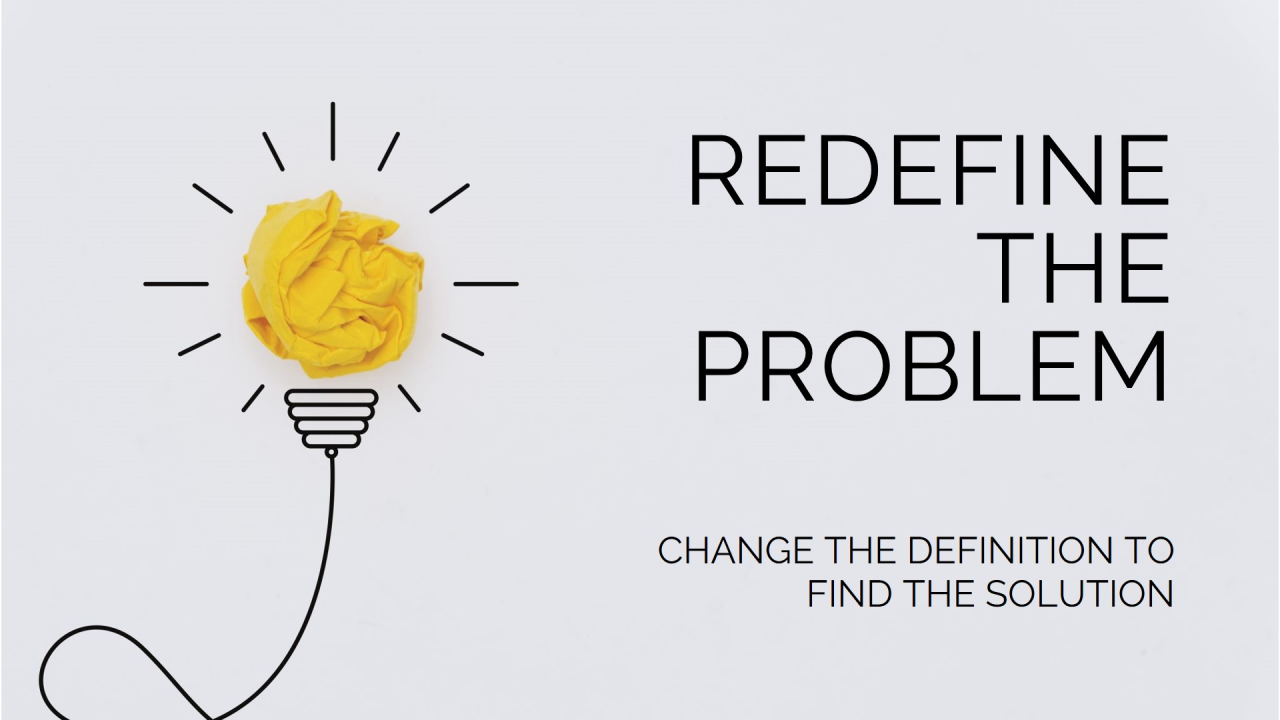




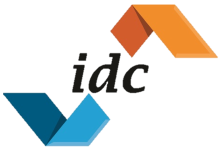

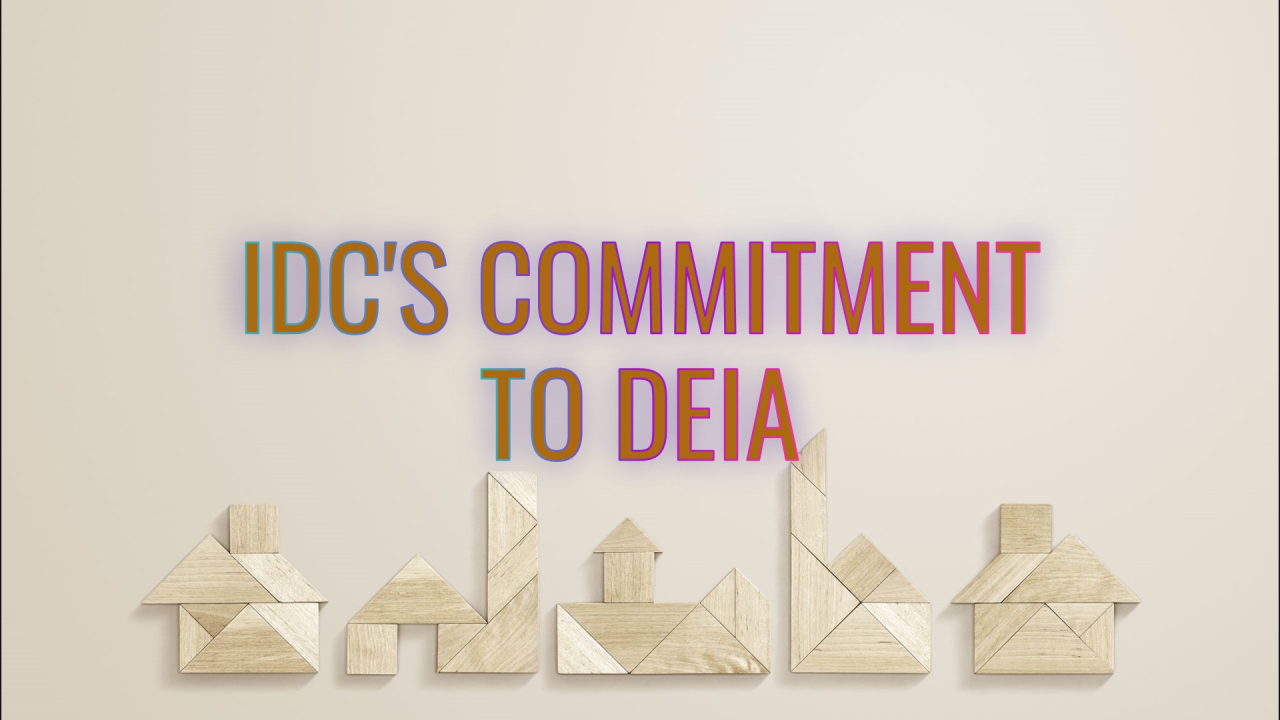
Share On: